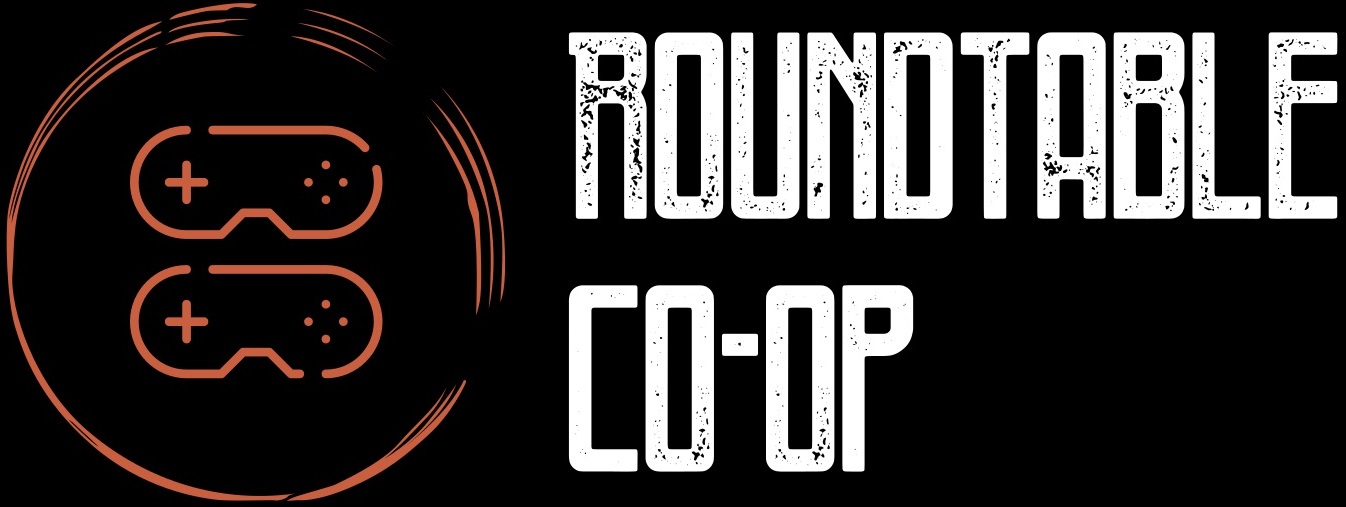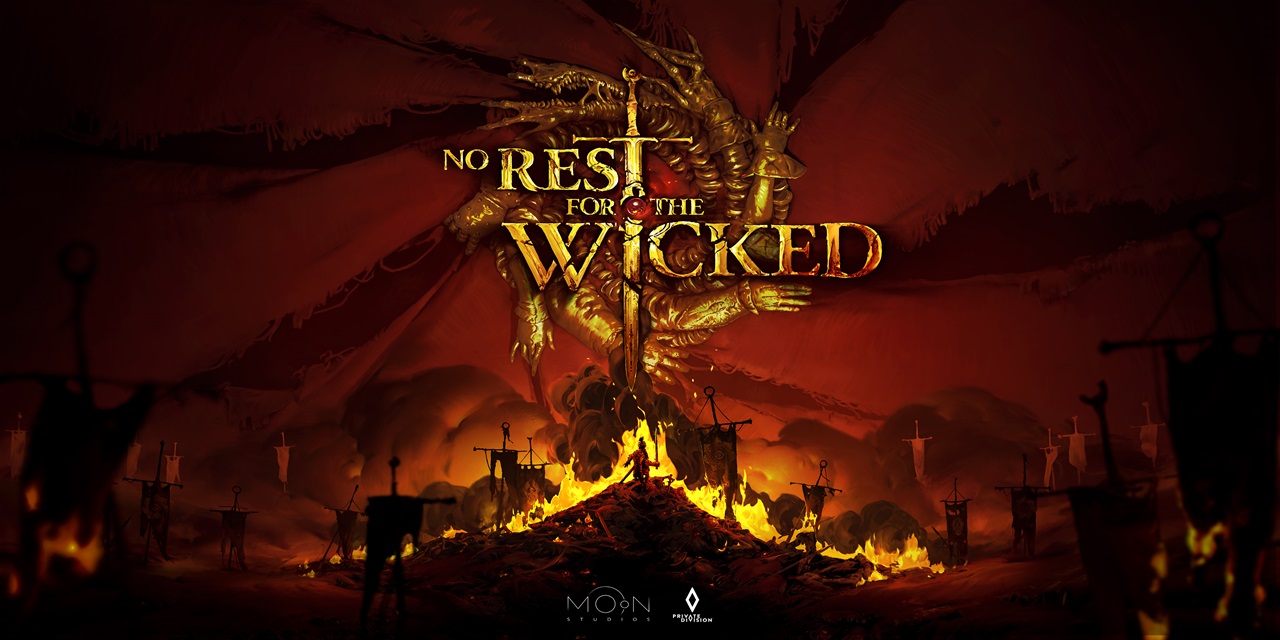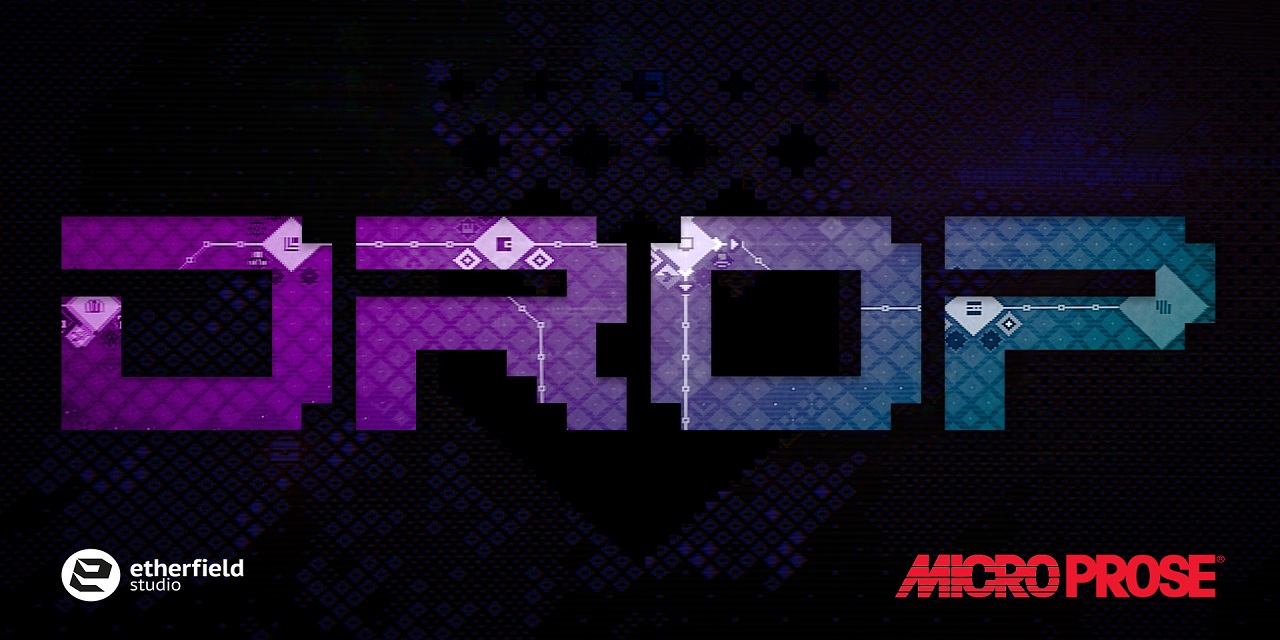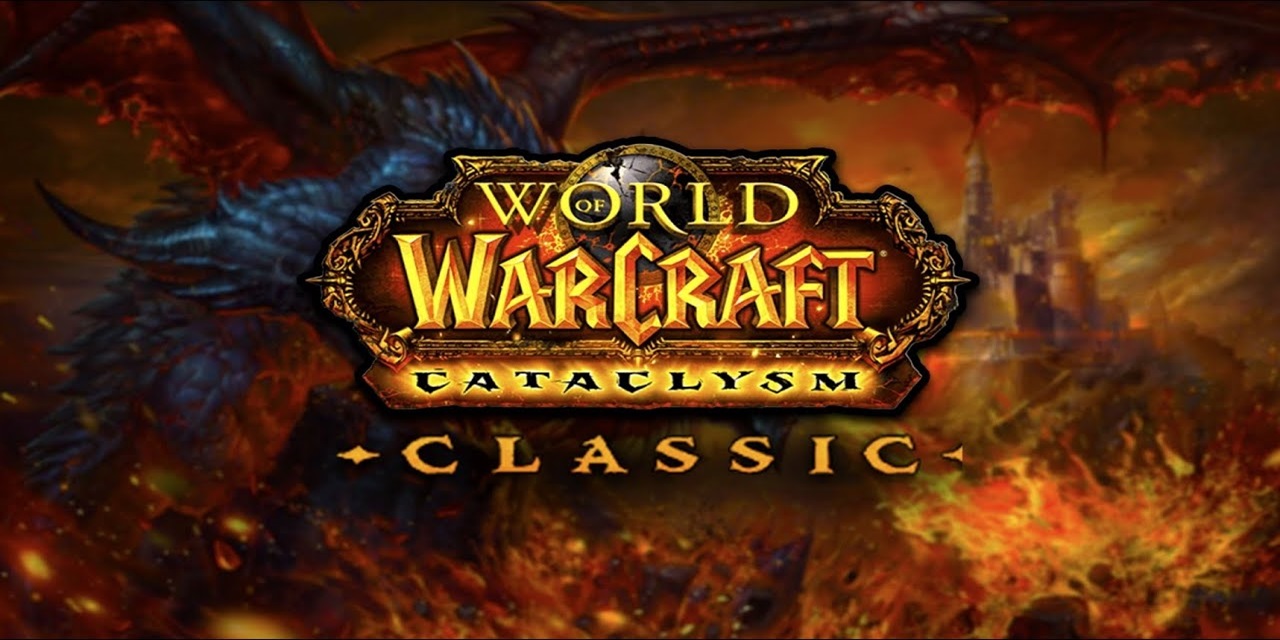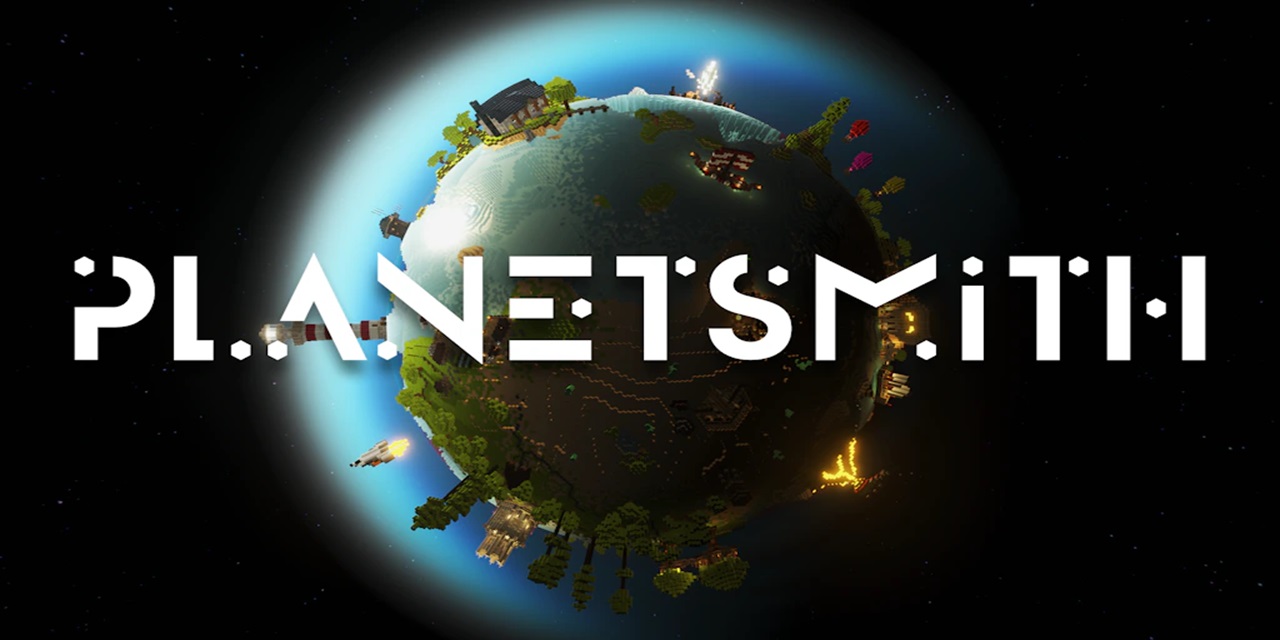No Rest for the Wicked is an action RPG developed by Moon Studios, the team behind the beloved Ori and the Blind Forest and Ori and the Will of the Wisps and is published by Private Division. The game released on Steam early access on April 18, 2024, and has moved away from the whimsical aesthetic to a much darker and grim world. While described as an action RPG, this is not a Diablo style aRPG, rather this is more a souls-like action combat RPG and boy does it pack a punch at times.
While the Ori games had some tough bosses, the ‘difficulty’ curve of the game was nowhere near as much as in this new one. I struggled often with heavy-hitting mobs, let alone the boss fights, so if you’re like me and are crap at souls games, it’s definitely going to temper your experience. I ended up having to watch a number of videos on how to tackle each boss, so if you’re willing to fail often and keep learning, then your skills will no doubt improve, and you’ll find your play style. It took me a long time to find mine, but I still fail a lot and it does depend on your weapon and armour combinations as well. I still recommend the game, it’s just much more difficult than the Ori games.
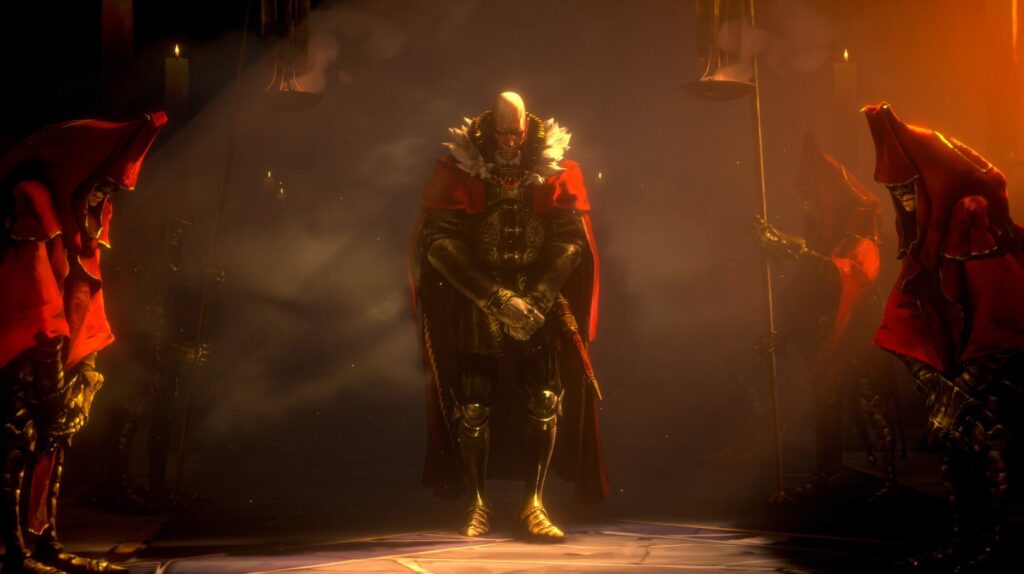
Set in the year 841, the kingdom is embroiled in a dual crisis: the death of a king and the resurgence of a horrific plague known as the Pestilence. You step into the role of a Cerim, a member of an ancient order sworn to combat this corrupting influence. While there are glimpses of the usual brilliance I expected from Moon Studios’ next game, they have forged forward in so many other ways and the atmosphere along with the sounds creates such a moody experience as you slowly unveil the fog of war and find new lands to explore.
No Rest for the Wicked paints a hauntingly beautiful picture of devastation. The environment is a decaying reflection of the plague’s touch, with monstrous enemies roaming the corrupted landscapes. This oppressive atmosphere is a double-edged sword. While it can feel relentlessly bleak, it also fuels a sense of urgency and compels you to push forward to see how the narrative unfolds. The story itself is still in its early stages, but the introductory chapters offer intriguing glimpses into the lore and the looming threat.
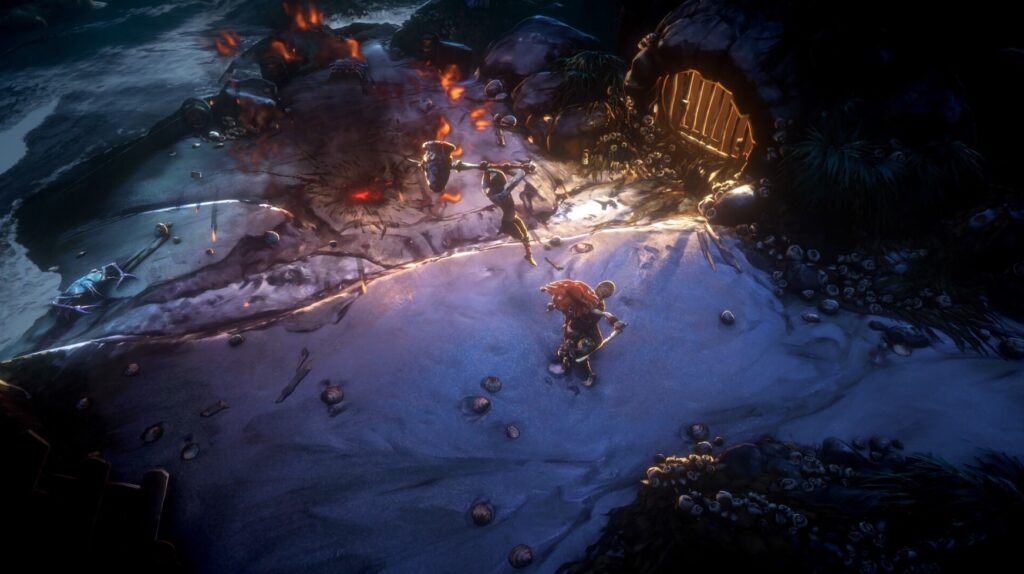
I have never been great at playing souls games, and I am not ashamed to say I struggled with the combat in No Rest for the Wicked. I know I was going to get slapped hard when I was struggling on 2-handed trash mobs, and when I came to the game’s first major boss, it took me a good hour of many attempts to take him down. To clarify, this is 100% due to my lack of skill in the genre as the game’s combat is very well designed. Like most souls games, combat requires patience, finesse, reading the enemy’s movements and precise timing of blocks, parries, dodges and attacks.
Gone are the days of button mashing and whaling on a mob hoping his health depletes faster than yours. Here, success hinges on your reflexes, understanding the enemy, but more importantly by what gear you are using. Weapons have different abilities that can be fired when you fill up the rune meter. Once the meter is full you can unleash various types of charged rune attacks, providing you time them right.
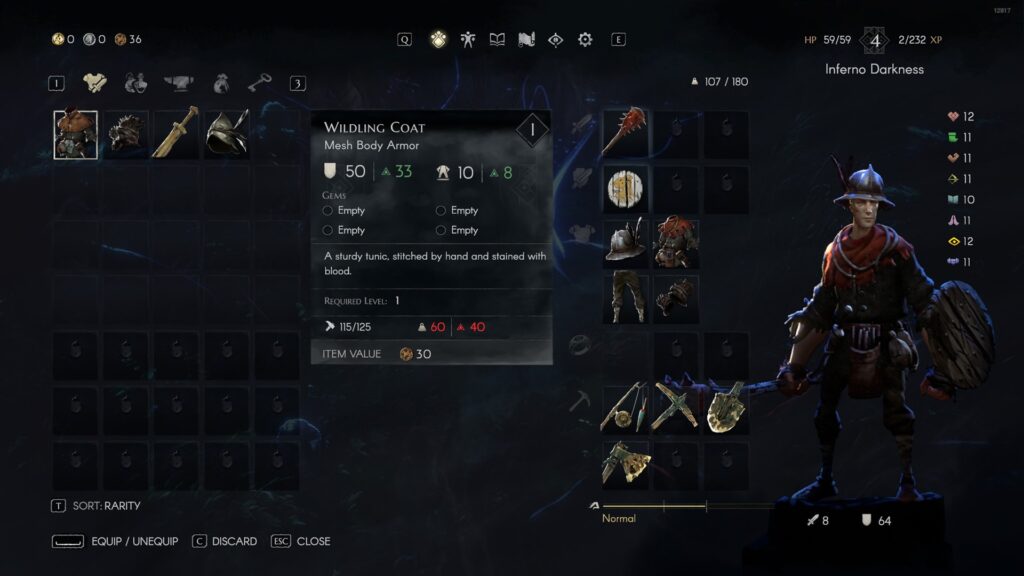
Each armour piece has a weight, and at the bottom of the character screen is a tally of your total weight. If it’s in the normal range, you can move around, dodge and attack with ease. But go into the red heavy area and your character moves slower, and your dodge is more of a sidestep than a dodge roll. You may have much higher armour rating, but if you can’t get out of the way of a huge sword swing then it won’t matter much when the monster grabs you and pummels you into the ground or off a ledge.
It took me a long time to fight the urge to load up on armour rating, accepting the slow movement because I wanted to hit hard damnit! No, that didn’t work at all, and I had to eventually find a middle ground. It was a frustrating several first hours in the game, especially as herbs and other items to craft health food is scarce, and each death doesn’t restore to a save point with the same 5 foods you started the fight with. If you burn all 5 soups in the previous fight, you’re starting the next one with no food. It’s punishing until you learn the system.
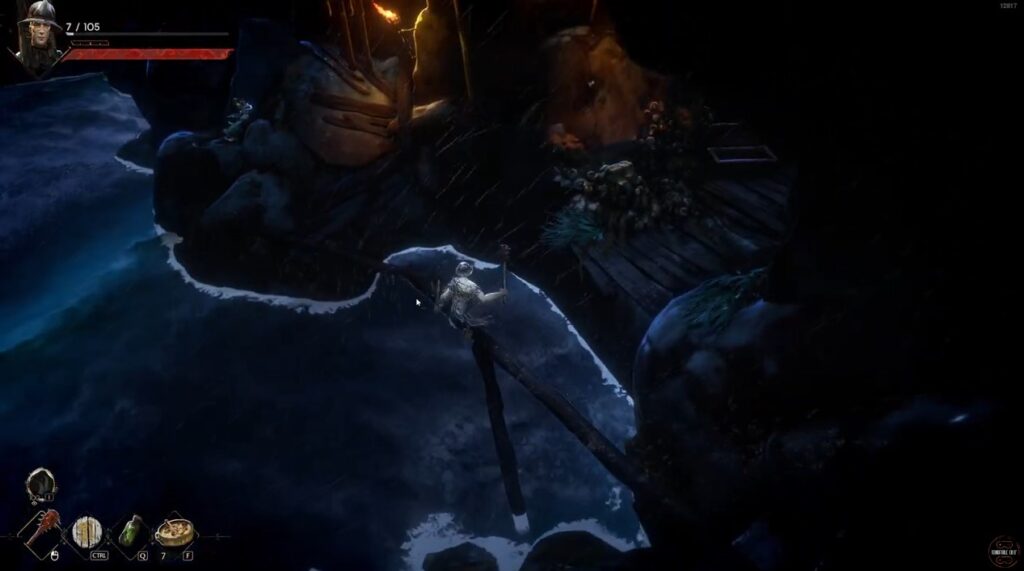
The world is massive and there is almost always another branching pathway that you could find that may have new gear to try and new resources that may help you. There is also a decent amount of weapon variety, allowing you to experiment with different playstyles and find what suits you best. This depth, coupled with the combat’s inherent challenge, creates a loop that’s both strategic and immensely satisfying, after getting through the frustrating learning process. However, there are a couple of things that are holding the game’s potential back for me in parts.
The first is that while you can invest points into attributes like strength, dexterity, health and more, there’s no way yet to respec. If you’re like me and pumped points into the weapon that was best at the time, then come across a new weapon that has much better stats, but the stats you didn’t specialise in, then you are stuck with your older weapons. That brings me to my next bugbear which is inventory management. This is an issue both with items like weapons and armour, but also resources.

There are ways to help get you through the inventory woes, such as chests in major towns and eventually when you purchase your own house, you can throw down some additional storage chests. But again, in those first few hours, I experienced several frustrations. It wasn’t game breaking, and I just threw away the worst of my items if I was miles from town, it just feels like inventory management is a big thing for games like this these days.
To the credit of Moon Studios, they’re listening to the feedback well and have already released six huge hotfix patches that has addressed a lot of feedback and added quality of life changes like increasing stack sizes of items, enhanced durability for tools, auto chest sorting and heaps more. This dedication to improvement bodes well for the future of the game as it charged headlong through this early access period.

Once you get to the end of the early access story content in No Rest for the Wicked, the current ‘endgame’ with a level cap of 30 revolves around the challenging crucible dungeon. This is an endless dungeon where you fight increasingly difficult waves of enemies. You can aim to climb the leaderboards and see how far you can progress. The crucible also offers the best gear in the game, and you can farm it to get the best equipment for your character in preparation for future content additions. Moon Studios have promised new areas and content in future updates, so the endgame might expand in the future.
Overall, from what I have experienced so far in No Rest for the Wicked, it offers a compelling story, incredibly detailed environments, a moody atmosphere, and meaty combat once you understand it’s nuances. This is a souls-like game and so be prepared to die a lot; I did and almost gave up several times, but it’s all a learning experience. There’s plenty of weapons/armour combinations to try find your unique playstyle. Long term, No Rest for the Wicked has the potential to be a truly rewarding experience just like the Ori games were and I am excited to see this iteration evolve towards the full v1.0 release.
This review utilised a key provided by Private Division and No Rest for the Wicked is out now on Steam early access.
#roundtablecoop
